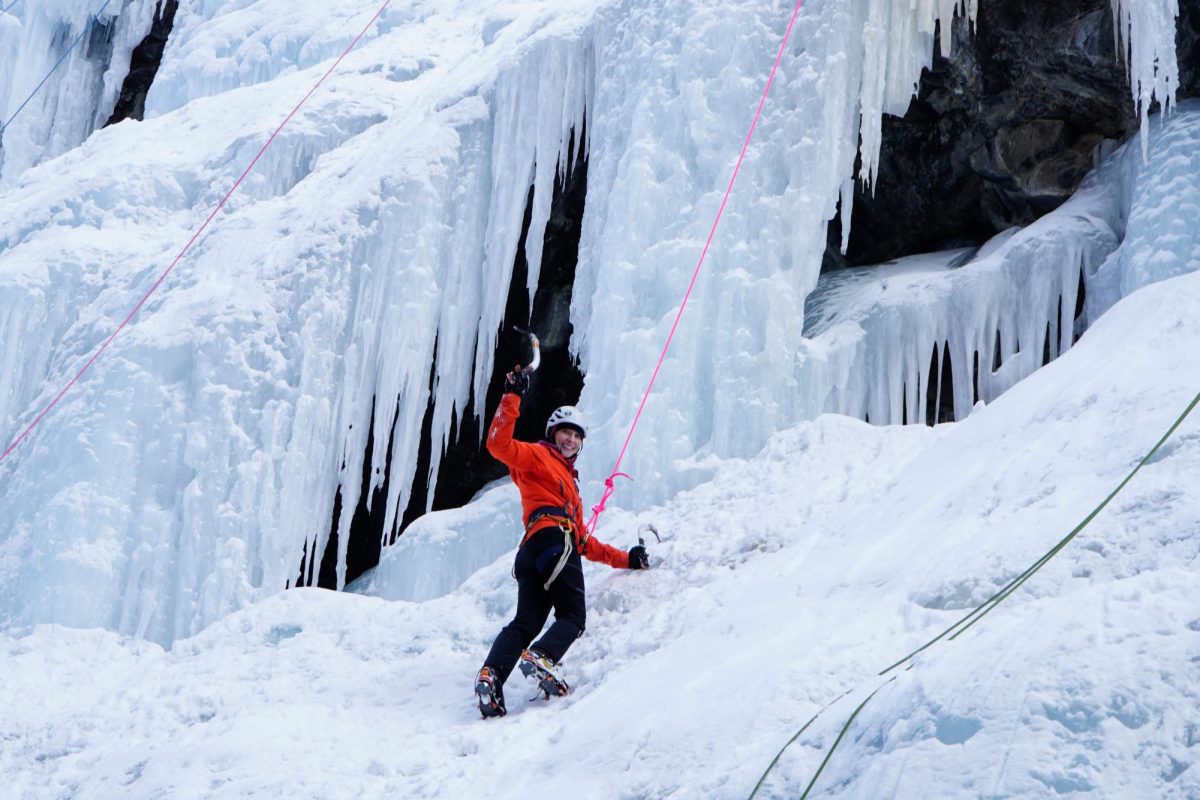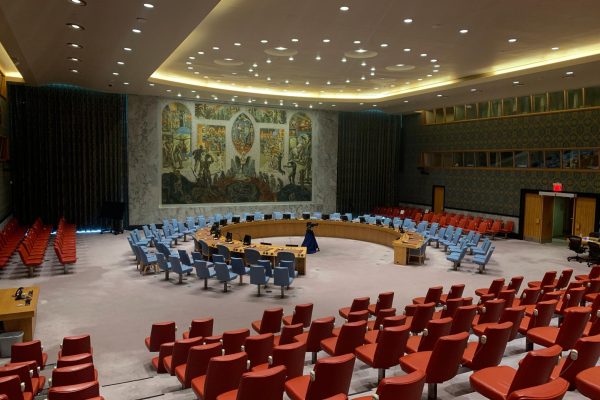Op-Ed: Standing Rock sheds light on persisting discrimination in America
To many, the words “Native American” conjure up an image of ancient savages clothed in loin cloths and feather headdresses, wielding spears and running into battle. This stereotype is created and perpetuated by media that teaches viewers to equate Native American nationalities with Disney’s Pocahontas and the Washington Redskins — but reality for Native Americans could not be more different.
What the media fails to show is the discrimination that Native Americans in their homeland still face — the most recent instance is Standing Rock.
Located along the North and South Dakota border, Standing Rock Reservation is home to the Sioux people — also known as the Lakota and Dakota — who called this region home long before Columbus sailed the ocean blue.
In 2014, tribal leaders learned of Dakota Access, LLC‘s intention to build a crude oil pipeline near their reservation. Almost immediately, leaders expressed their objections, which according to federal law must be reviewed before action is taken. Nevertheless, tribal views were ignored by the U.S. Army Corps of Engineers, who granted authorization for construction of the Dakota Access Pipeline (DAPL) — which is intended to be finished by the end of this year.
 “The Tribe opposes DAPL because we must honor our ancestors and protect our sacred sites and our precious waters,” pipeline resistance movement Stand with Standing Rock‘s website said.
“The Tribe opposes DAPL because we must honor our ancestors and protect our sacred sites and our precious waters,” pipeline resistance movement Stand with Standing Rock‘s website said.
The pipeline threatens the Sioux’s very existence. It will transport 470,000 barrels of crude oil per day according to DAPL, and will travel beneath the Missouri River — which 18 million people rely on daily for water. If the pipeline ever leaks, its impact would be tremendous. Furthermore, it will run less than half a mile from the reservation’s border and will infringe upon numerous ancestral lands and burial sites holy to the tribes, according to Stand with Standing Rock.
For centuries, Native Americans have been subordinated and ignored in their homeland, and Standing Rock is just another iteration of this ongoing issue.
Starting in April, the Sioux set up the Oceti Sakowin Camp on the Standing Rock reservation to show solidarity and to halt the progress of the pipeline. Since then, thousands of members of other tribes, many of whom are historical enemies, have joined the Sioux in camping.
They call themselves protectors, not protestors, because they have pious intentions. The protectors say they simply seek to restore the natural balance between nature and man to ensure a bright future for humanity, which the pipeline infringes upon.

The joining of these diverse tribes is historic, but it has not gone far enough. Many Native Americans are able to set aside their differences and fight for a common cause, so why can’t America as a whole? Although some protectors are non-Natives, most notably Shailene Woodley, the majority of the support comes from the racial minorities directly affected.
The protectors, who are using their First Amendment Right to peaceful assembly, have faced immense brutality from the majority white National Guard deployed to the reservation. Nearly every day, law enforcement uses pepper spray, concussion grenades and water cannons in freezing temperatures on unarmed, peaceful individuals. Many have been seriously injured, yet much of the mainstream media is not covering this.
Standing Rock has gotten minimal mainstream media coverage and the press it does get does not show the full picture. The protectors are treated as second class citizens in situations reminiscent of the unjustified brutality of the Civil Rights Era. These injustices should be making front page news, but somehow they are not.
This country has progressed in many ways since 1492, but the popular perception and mistreatment of Native Americans has not come as far. Over six million Native Americans in this country are treated as second class citizens, and Standing Rock is just one example of historic oppression.
Those horrors can be stopped, but that change will be hard to incite until western culture shifts the way it views minorities. Standing Rock is our generation’s chance to take a stand against the injustices Native Americans continue to face.
Standing Rock is not just a Native American issue. It affects every American who hopes their government represents the best interest of the people. It affects every American who hopes their voice is heard, and it affects anyone who cares about the environmental future of planet earth.
Update, Dec. 4.: The Army Corps of Engineers denied the intended Dakota Access Pipeline route on Dec. 4. To continue construction, DAPL will explore other routes. This is a major victory for Native American rights.
Update, Jan. 26: President Donald Trump signed an executive order on Jan. 24 to advance the construction of the pipeline with the “terms and conditions to be negotiated”. The order expedites the environmental review needed to continue construction.
Update, Feb. 12: The Army Corps of Engineers granted final required easement under Lake Oahoe, the final step needed to complete the pipeline on Feb. 7. Effects on Native populations and environmental health may be huge, but resistance to the project persists.

Cybele Zhang joined the Oracle writing staff in 2015. She was promoted to Sports Editor as a sophomore and to Editor-in-Chief as a senior. Cybele graduated...




![Freshman Milan Earl and sophomore Lucy Kaplan sit with their grandparents at Archer’s annual Grandparents and Special Friends Day Friday, March 15. The event took place over three 75-minute sessions. “[I hope my grandparents] gain an understanding about what I do, Kaplan said, because I know they ask a lot of questions and can sort of see what I do in school and what the experience is like to be here.](https://archeroracle.org/wp-content/uploads/2024/03/grandparents-day-option-2-1200x800.jpg)

























































Ms. Dohr's eighth grade English class (Red) • Dec 16, 2016 at 4:37 pm
Thank you for writing about such an important topic. We found your op-ed very well written and sophisticated and professional. You obviously researched the topic extensively. We found it shocking that the Army Corps is exercising brutality against the Protectors, who are peacefully gathering. Again, thank you for your outstanding op-ed.